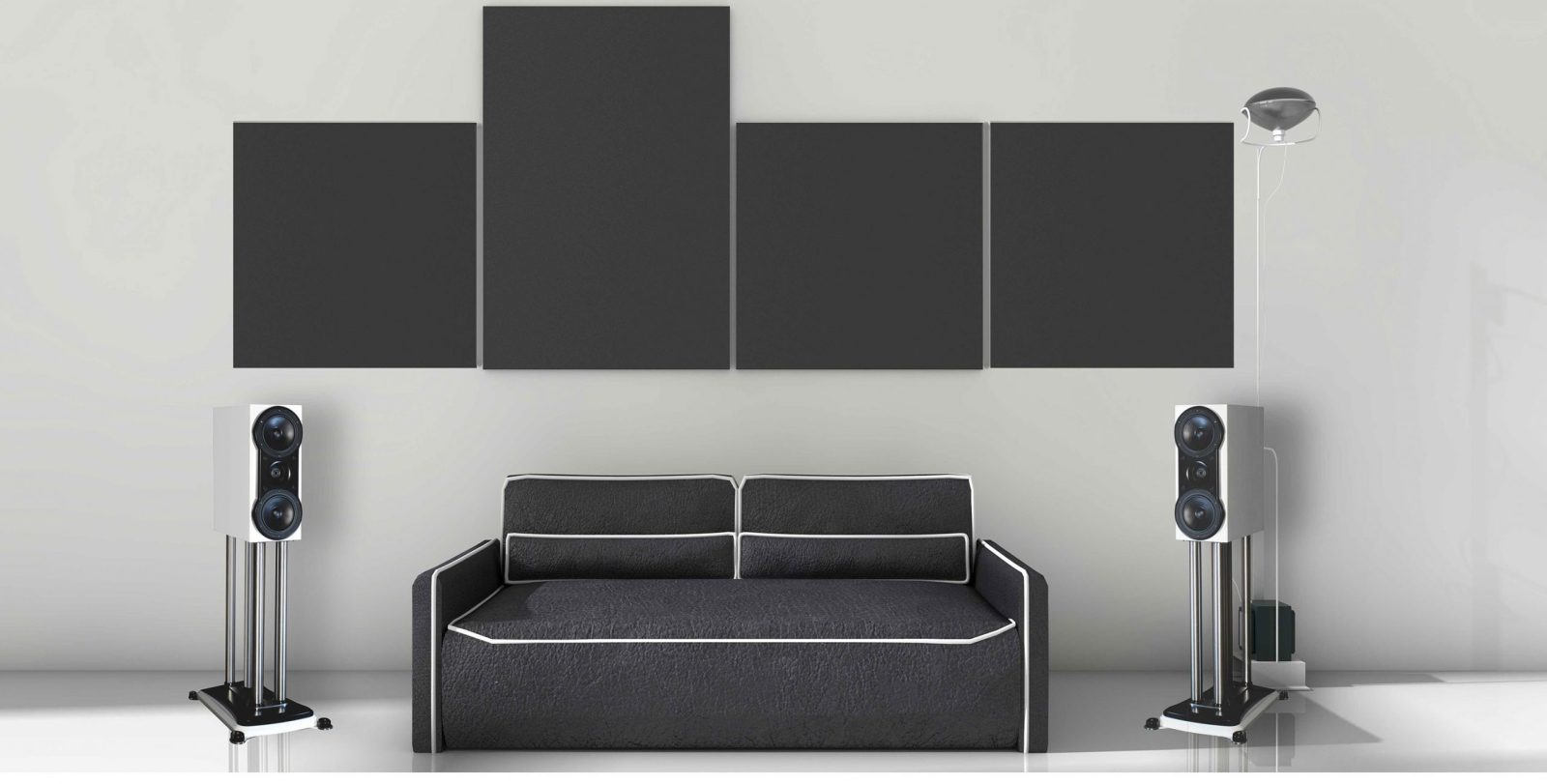Experience has taught us the importance of room interaction or speaker position relative to the room. Room acoustics and optimal positioning are topics beyond the scope of this owners’ manual. However, please consider the basics listed below.
It may help to consider that your loudspeakers convert electrical energy to mechanical energy. The mechanical energy is realized when the loudspeaker cones move inwards and outwards to pressurize the air in front of the speakers. Sound waves travel outwards from the speaker cones in all directions, and we hear a significant amount of reflected sound waves relative to direct waves from the loudspeaker. High frequencies are more directional and therefore are often less of a problem. Low frequencies spread out and will interact more with the room.
A ‘bright’ sound is more a symptom of low-frequency cancellation than a high-frequency amplitude problem.
Your loudspeaker cables are the link between your amplifier and the loudspeaker. Your room is the link between your loudspeaker and your ear. You’ve spent a lot of time and effort selecting your speaker & cables, so we encourage you to view your room and speaker placement with the same consideration.
Here follows a few suggestions to illustrate good and bad practices.
We show the speakers firing along the length of the room, but this is not a rule. You should try along the width of the room as well to see which is best for you.
- Your sense of depth is often dictated by the reflection point behind and in the center of the speakers. For stereo listening, please try and avoid placing too much furniture or equipment in the centre of the speakers. This is most critical at ear level.
- If possible, try and arrange the speakers as symmetrically as possible. Reflections play an important part in your room’s acoustics. You should try and position the speakers so that reflections from the left & right walls are equal.
- The priority in determining optimum position for your room is as follows:
- Bass response, generally tuned by placing the speakers relative to rear & sidewalls. Aim for tight bass, with no room ‘boom’. Lack of bass is indicative of wave cancellation, Move the loudspeakers progressively into the room – away from the rear wall towards your listening position until you feel you have overcome the cancellation. Positioning the speakers close to the back wall will amplify.
- Centre stage, tuned by changing the distance between the speakers. Use a good voice recording. The centre stage must be convincing, and more dominant than the left & right stage. The Claro range can be positioned wide apart, so don’t be scared to try close to your side walls.
- Finally; depth. Tuned by towing the speakers in toward the listening position. Remember that depth results from two sources; the way the music is recorded, and the point of reflection behind the speakers. Start with the speakers angled directly to your listening position. If the result is a strong centre stage, you can leave them at that position.
- As high frequencies ‘beam’ you can attenuate the high frequencies by towing the speaker outwards so they are not pointed directly at you. You should find the sweet spot for your listening comfort and depth of stage.
- Finally, to avoid having the speakers firing parallel to the floor and ceiling, tilt the speakers backwards three to four degrees – by adjusting the rear & front spikes.
